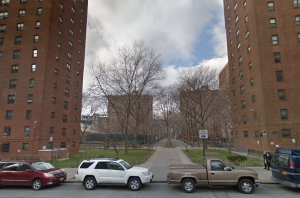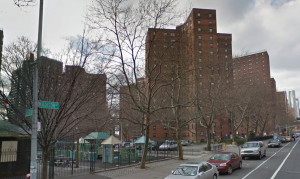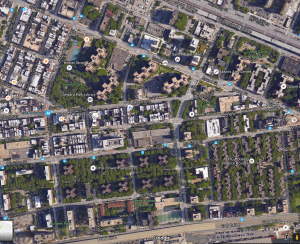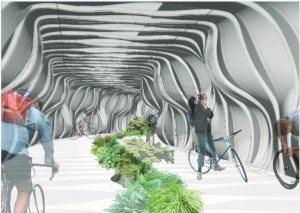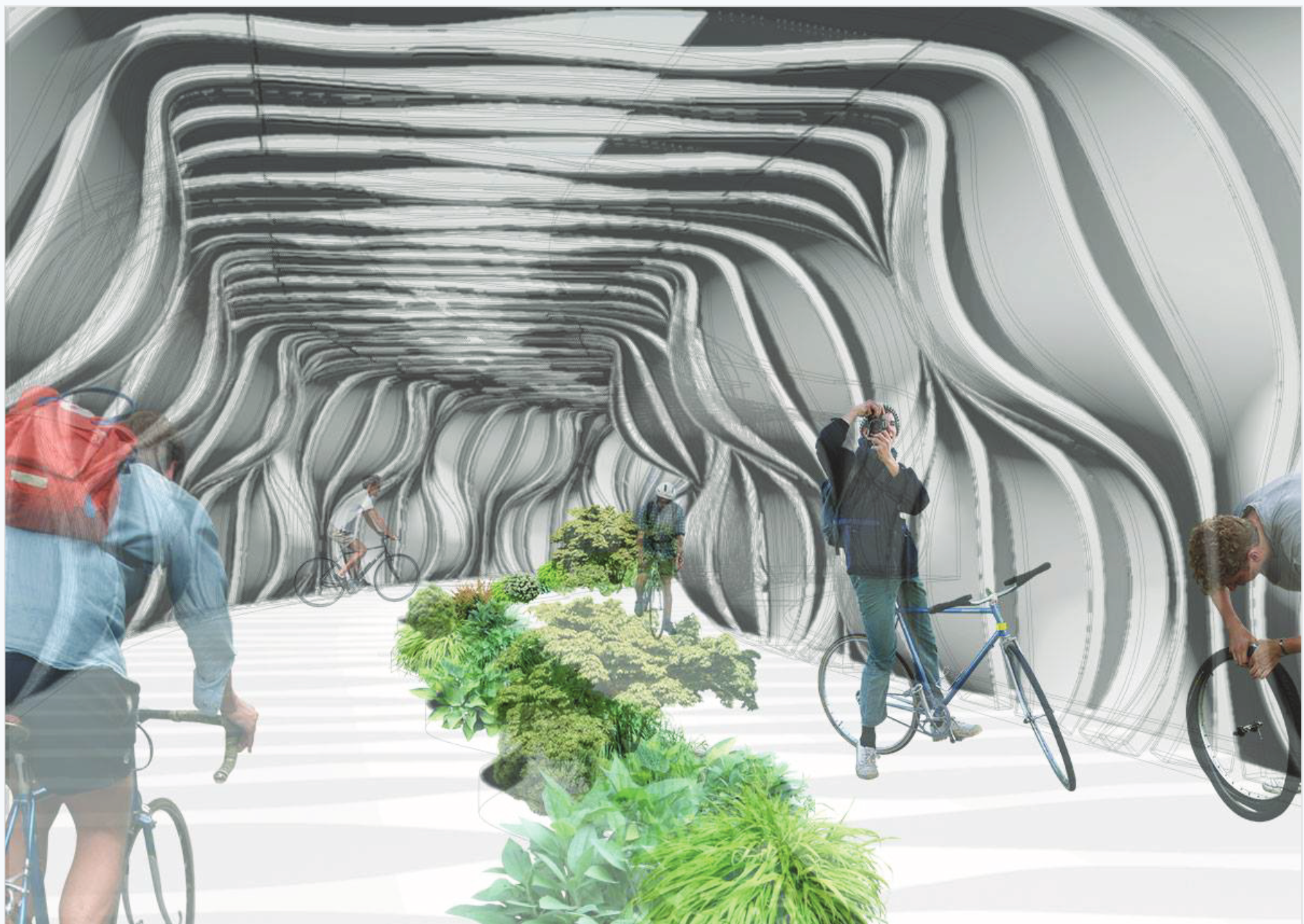A few months ago a friend and I were having a late night conversation coming up with silly ideas of what he defined as Passive Aggressive Architecture. I recently returned from New Orleans, where I was researching emergency housing for another grant I received. From being in New Orleans and back in New York I cannot stop realistically defining passive aggressive architecture that exists all around. Stairs that are too steep or too narrow that just begging for you to trip, park benches that disable you to lie down, pipes that are ready to blow anything into your face or privately owned public spaces that are hidden behind another wall. It is the idea that sometimes architecture, although it is made by us for us often forgets us and how we interact with our built environment. (I will be compiling a small zine of my passive aggressive findings.)
I am not saying Copenhagen does not have a fair amount of Passive Aggressive Architecture. Yet, on the grand scale the city does an incredible job at integrating people, environment and architecture as I will flush out exactly how in my research paper.
How can New York create more public spaces that are engaging? The greatest challenge for me so far was to narrow down exactly what I was hoping to achieve in New York and where to begin. I have compiled vast amount of data focusing on the transportation, parks and recreational areas and pedestrian and vehicular traffic. In the class Architecture and Urban Design Lab taught by Louise Harpman last semester I proposed a bicycle highway that uses the infrastructure of the subway to create safer and all year round long distance biking abilities in the city. For this proposal I would like to develop upon this idea creating network of shortcuts to incentives pedestrians and bikers to get out onto the streets more happily and efficiently. I have thought of using the east river to create new piers, get rid of parking lots or perhaps even create pop up activity centers that are located on not yet developed land.
Then I thought of New York City Authority Housing properties. You come across the government owned towers constantly, yet I never interact with them, with the common belief that they are “sketchy”. The projects stand out due to their lack of engagement. It is an experience of isolation. However why not redefine what already exists as poorly created public space and make it into something that has a sense of communal value? The “”passive aggressive” uninviting plazas that already exist in many NYCAH already have courtyards that are thoughtlessly placed to connect the different housing units that sometimes last for several blocks. Can crime or simply life quality be enhanced by having more intentional public zones?
I have began to think of temporary structures for climate changes, activity centric zones and how to design a more conscious public space made for people and the environment.